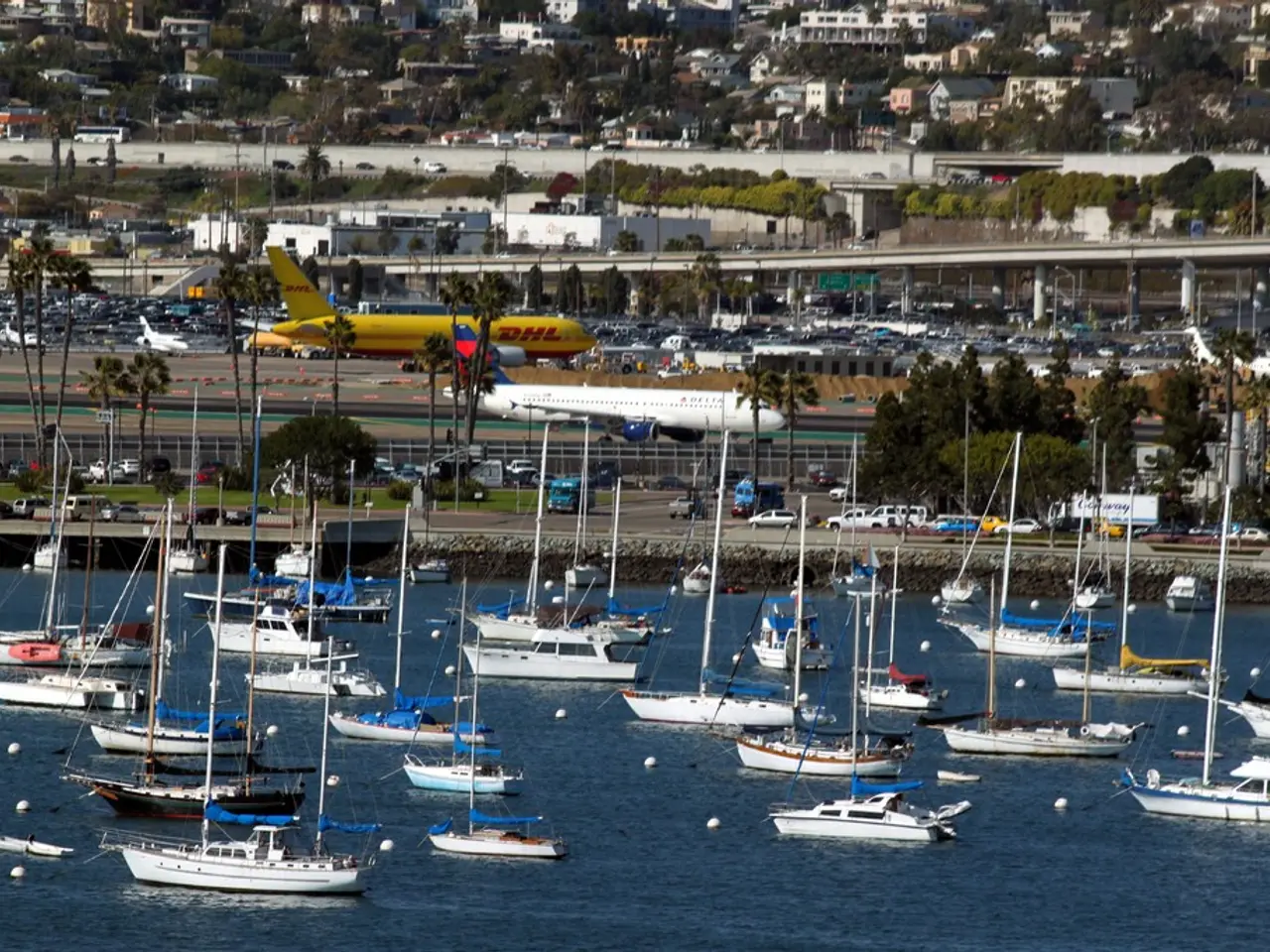Naval exercises involving fire drills and anti-submarine operations: Russia and China engage in joint naval drills
Russia and China Intensify Naval Cooperation in Joint Sea 2025 Exercises
In a significant display of military cooperation, Russia and China have conducted a five-day joint naval maneuver named "Joint Sea 2025" from August 1 to August 5, primarily in the Sea of Japan near Vladivostok, Russia.
Details and Participation
The exercises involved a combined naval taskforce composed of Russian and Chinese warships, including Russia’s anti-submarine large vessel Admiral Tributs, corvette Gromky, and China’s guided-missile destroyers Shaoxing (Hull 134) and Urumqi (Hull 118). Diesel-electric submarines from both nations participated along with a Chinese submarine rescue ship.
Objectives
These drills are intended to enhance military cooperation between Russia and China, demonstrating growing strategic and security ties between the two countries’ armed forces. They aim to improve the ability of the combined naval forces to operate jointly in real combat-like scenarios and to respond to maritime security threats, particularly in the Pacific region.
The exercises reflect a long-term trend of increasing military collaboration, with over 113 combined exercises since 2003; about half of these have occurred in the past six years, underscoring the rapid growth in China-Russia military ties. Exchanging real-time information on hydrography, weather, and surveillance between the navies during the drills indicates a focus on operational coordination and information-sharing, enhancing joint situational awareness.
Expanding Drone Warfare
Meanwhile, Russia is reportedly preparing to intensify its drone warfare, aiming to increase production this year to up to 40,000 Shahed/Geran-2 combat drones and 24,000 decoy drones. The Kremlin is targeting a monthly production capacity of 6,000 drones.
Unrelated Incidents
- A Ukrainian drone strike has caused a fire at a train station building in the southern region of Volgograd, Russia.
- No damage to the train tracks has been reported, but a power line is damaged.
- A Russian nuclear-powered icebreaker submarine, the "Knyaz Pozharsky," has reached the main base of the Northern Fleet's submarine forces.
- The submarine, commissioned by Russian President Vladimir Putin on July 24, is part of the Borei-A class 955A, making it part of the 4th generation of nuclear-powered submarines.
- Ukraine has stated that it already possesses internal information about the "Knyaz Pozharsky."
Prisoner Exchange
Ukraine and Russia are currently organizing an exchange of 1,200 prisoners of war each, as announced by Ukrainian President Volodymyr Zelenskyy. The exchange was originally agreed upon during the third round of peace talks in Istanbul on July 23.
Sanctions Threat
US President Donald Trump has threatened sanctions if Moscow does not agree to a ceasefire in the war with Ukraine by Friday. Trump has also announced that special envoy Steve Witkoff may travel to Russia this week.
References:
[1] "Joint Sea 2025: Russia, China hold joint naval drills in Sea of Japan" - Al Jazeera English (www.aljazeera.com)
[2] "Russia, China to hold joint naval drills in the Sea of Japan" - Russia Today (www.rt.com)
[3] "Russia, China hold joint naval drills in Sea of Japan" - The Japan Times (www.japantimes.co.jp)
In the context of the intensified naval cooperation between Russia and China, it raises questions about their policy-and-legislation regarding war-and-conflicts, particularly in relation to politics and general news, such as potential responses to maritime security threats in the Pacific region and the increasing military ties between the two nations.
The exchange of prisoners of war between Ukraine and Russia, as announced by Ukrainian President Volodymyr Zelenskyy, has shed light on broader issues within policy-and-legislation, while US President Donald Trump's threat of sanctions if Moscow does not agree to a ceasefire in the war with Ukraine has further highlighted the political dimension of policy-and-legislation.
These events underscore the importance of understanding community policy, employment policy, and the broader policy-and-legislation landscape, as they provide valuable insights into the dynamics of international relations and conflict resolution.







